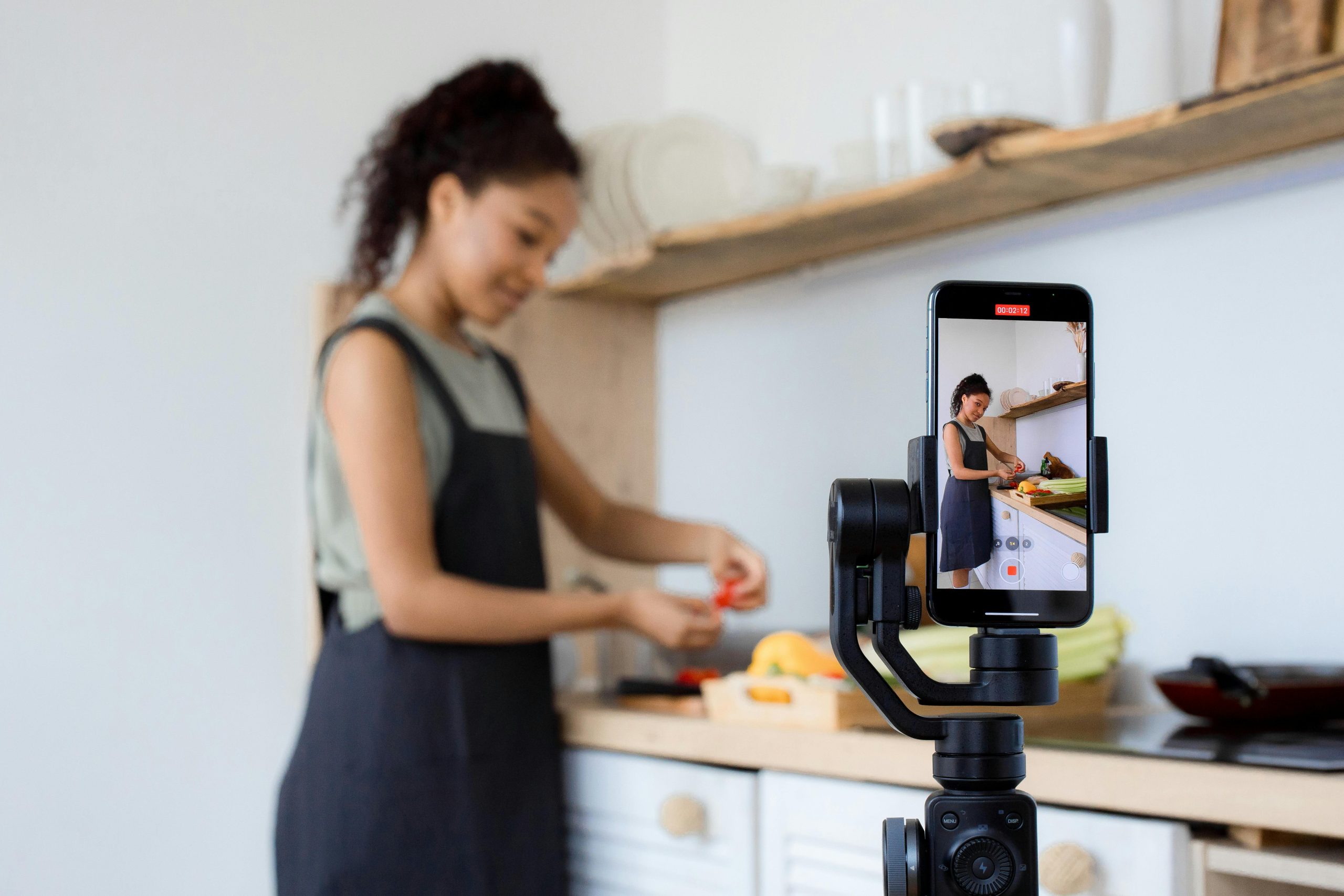Troubleshooting Mobile CSS Grid Layout Challenges: Ensuring Responsive Designs Work Seamlessly
Designing a responsive website can sometimes pose unexpected challenges, especially when working with CSS Grid on mobile devices. Recently, I encountered an issue where my grid layout, perfectly functional on desktops and tablets, would unexpectedly collapse or misalign on screens narrower than 480 pixels. If you’re facing similar obstacles with your mobile grid layouts, here’s an overview of what I experienced and some strategies to address these problems.
The Context: Building a Flexible 3-Column Grid
My project involved creating a dynamic three-column layout that adapts gracefully to various screen sizes. Using media queries, I aimed to transition from a three-column setup on larger screens to a single-column arrangement on smaller devices, specifically under 480 pixels. Although this setup worked smoothly on desktops and tablets, I observed unexpected behavior on certain smartphones—the grid either overlapped, stretched, or lost its intended structure.
What I Investigated
To troubleshoot, I reviewed several resources, including MDN documentation on grid-template-columns and media queries. I validated my CSS code using browser developer tools, tested on multiple devices and emulators, and experimented with different minmax() configurations and container widths.
The Core Issue
The primary problem was that on some mobile devices, the grid would alter its layout unexpectedly—sometimes overlapping content or exceeding the viewport boundaries. Notably, I wasn’t utilizing any external CSS frameworks—just vanilla HTML and CSS—making the debugging process more straightforward but still challenging.
Insights and Solutions
If you’re encountering similar issues, consider the following approaches:
-
Explicitly Define Grid Track Sizes:
Use clearfr,px, or%units in yourgrid-template-columns. For example:
css
@media (max-width: 480px) {
.grid-container {
grid-template-columns: 1fr;
}
}
This ensures a single-column layout on small screens, avoiding unintended overlaps. -
Check for Overflow and Min-Width Constraints:
Make sure no child elements have fixed widths or min-widths that surpass the container’s width. Useoverflow-x: auto;if necessary to allow horizontal scrolling on extremely narrow screens. -
Review Container and Item CSS:
Sometimes, padding, margins, or flexible sizing in child elements can disrupt grid behavior. Simplify styles during debugging to isolate layout issues

